As the complicated title of this post indicates, this is the third installment of my Tiritiri Matangi chronicle and the second of those featuring the birds I found.
Without further ado, let’s get back to it!
North Island robin
The North Island robin, which resembles the robins in the US not at all, is a cute little bird that is fairly common across the central part of the North Island. They don’t seem to make their way up to the Auckland region, though, except for transplants like the ones on Tiritiri. This makes them cool to see for me since they’re so uncommon around these parts.
If you’re birdwatching on Tiritiri, you don’t have to make any special efforts to find North Island robins. All of the ones I saw came up to say hi while I was photographing other things.
Whitehead
Photograph everything.
When sorting through my photos I discovered that I had snapped this shot without bothering to identify the bird (I suspect I thought it was a robin at the time).
Much like the North Island robin, whiteheads (or popokotea in Maori) are fairly common in the Central and Southern parts of the North Island, but not so much up near Auckland and above.
This one I actually knew what I was photographing :)
Kokako
While Taylor and I were at the feeder in the morning, this guy just waltzed up behind us like it weren’t no thing.
The kokako is practically a dinosaur, and their sonorous, almost haunting call is loud and piercing enough to travel a long distance through the forest.
These little guys are a big victory for New Zealand conservation efforts. There are no kokako left in unmanaged areas, but sanctuaries like Tiritiri have kept them around.
We later saw another one in the trees as we were out walking and birdhunting. I’m glad we got a chance to observe some of these cool birds.
Red-crowned parakeet
I introduced the red-crowned parakeet, better known as the red-crested whatever, in my post on Tawharanui. This shot is sadly pretty blown out due to my incompetence with camera settings (I had the shutter speed super high and had cranked the ISO to compensate, but didn’t crank the ISO back down as the morning drew on and the day got brighter, with predictable results).
I was able to use Flickr’s photo editor, amusingly called Aviary, to fix the exposure slightly on this photo.
We encountered several of these colorful birds on our walks. This one is a little less terrible of a shot, and he even obligingly stuck his mug in a well-lit patch.
Brown quail
As we were walking not too long after landing, Taylor grabbed my arm and said “look, kiwis!”. Turned out they were just some brown quail (in his defense, he’d never seen a kiwi in person before, while I’d seen some at the zoo and at Rainbow Springs).
Brown quail are annoyingly hard to get a good photo of, because they tend to like shaded places and tend to scurry quite fast. This is a bad combination, because either your photos will be too dark or too blurry.
I did manage to get a few salvageable shots, though.
A brief interlude on night-time photography
At night, hikers are supposed to put red cellophane over their torches. This makes photography quite difficult. I used an ISO of 25600, a shutter speed of 1/10, and an F-stop of 4.2. I was at max zoom on the small lens, and since autofocus is worse than useless under these conditions (even more than usual), I set the manual focus to about mid-depth and hoped any birds that popped up would be obliging enough to do so at the correct range to be at least approximately in focus.
In short, all the night photos will be red-tinted and possibly a bit blurry.
Taylor and I were lucky to meet a tour guide and conservation expert called Barry. He loaned me one of his torches (mine had given up after about an hour because I stupidly forgot to change the batteries before leaving) and showed us around. Thanks to him we were able to see some really cool birds.
Blue penguin
The adorable blue penguin is the world’s smallest penguin. They spend most of their day at sea, returning to land only at night to nest.
Their population is declining on the mainland due to predators and humans. Sadly, my first encounter with a blue penguin was seeing one as roadkill on the South Island. The populations on the predator-free offshore islands are generally stable.
Grey-faced petrel
When walking along at night, you will quite possibly encounter a grey-faced petrel sleeping in the middle of the trail (the kiwis use the British spelling of gray in the name of this bird, which the Maori succinctly call oi).
These birds are not threatened, but they are native. Barry told us that they are not so great at landing, so if you’re walking around at dusk you may hear grey-faced petrels flumping down in a semi-controlled crash.
I like to think that if I were a bird I would be something cool, like an Australasian harrier or a California condor. But I suspect in reality I would be a grey-faced petrel.
Brown Kiwi
Sorry, I’m such a tease. We saw two kiwis, but I got no clear shots of either of them. They tend not to hang around for very long! The leftmost quarter or so of this photo is the out-of-focus rear end of a female brown kiwi we encountered on the trail.
And other cool things as well
I was, sadly, unable to photograph the kiwis. I also didn’t get any shots of the two tuataras we saw. A tuatara is an ancient reptile (not actually a lizard, though they resemble them) native to New Zealand. They’re really super cool and also in need of conservation, and since they don’t do enough damage to the birds that they’re considered a dangerous predator, they’re also on the island intentionally.
We saw a pied shag sleeping under the pier, but he awoke and flew off before I got a photo. As I already had a decent (daytime) photo of a pied shag from my trip to Karekare, I didn’t shed any tears over that one.
The ones that got away
I would have loved to see a moorpork on our nighttime excursion. We heard a couple, but never saw them.
I was also hoping to see a rifleman, a spotless crake, and an Australasian harrier, none of which we encountered.
Which is fine, because it leaves something for next time. I’d love to come again in the Summer, just to see the difference.
I am very glad that Tiritiri Matangi exists. Thanks to the conservation efforts of many heroic men and women, our children and grandchildren will be able to see these cool birds.
If you sign up to be a conservation member, the prices for the ferry and bunkhouse are a little cheaper. It ends up being worth it if you make multiple trips per year, but even if you don’t then I think it’s worth it just to think that future generations will be just as amazed by birds like the takahe, the kokako, and of course the kiwi as I was.
We’re not done with Tiritiri Matangi yet, so come back next post to see more of this amazing island!
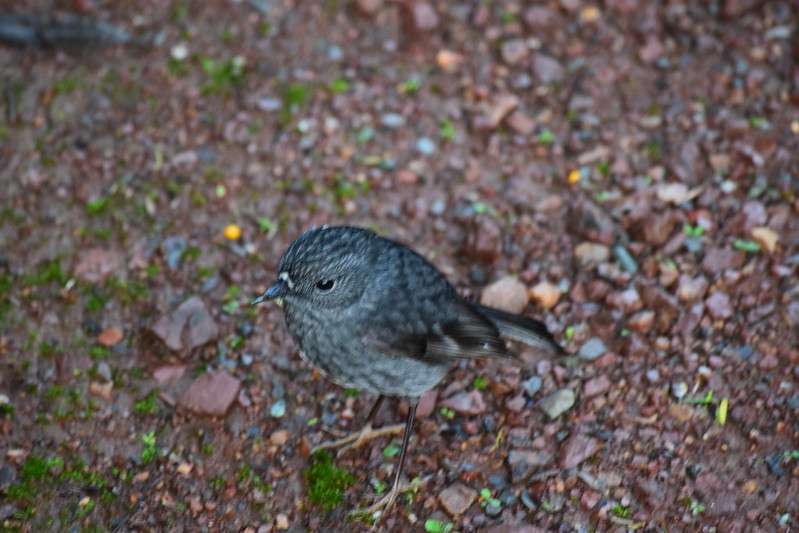
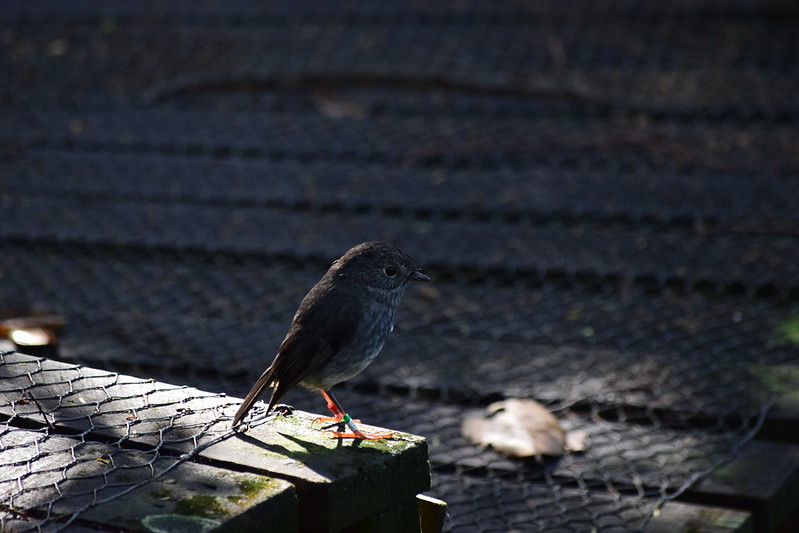
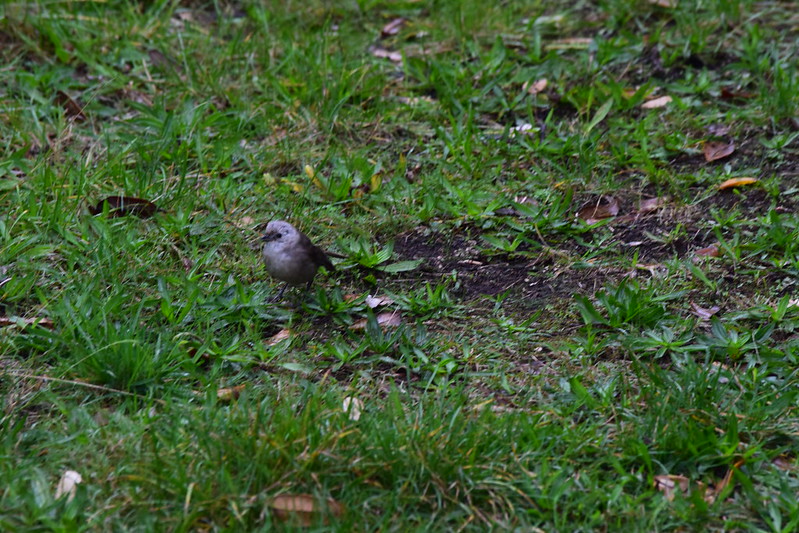
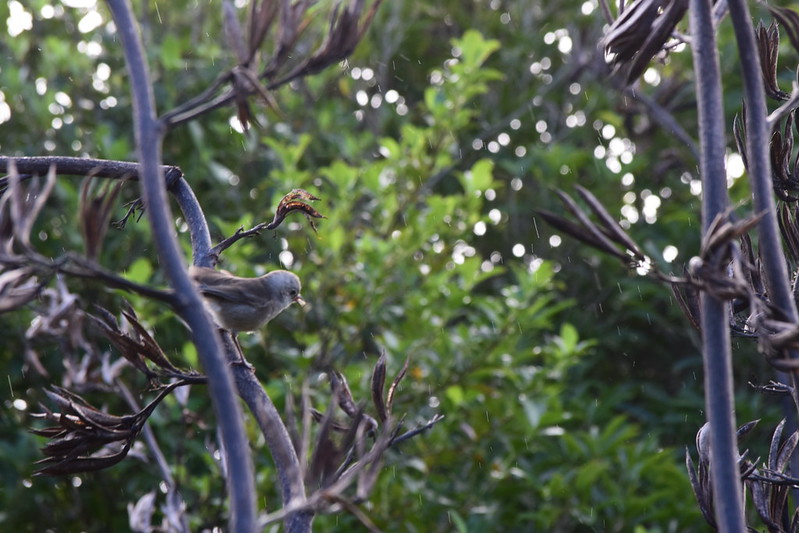
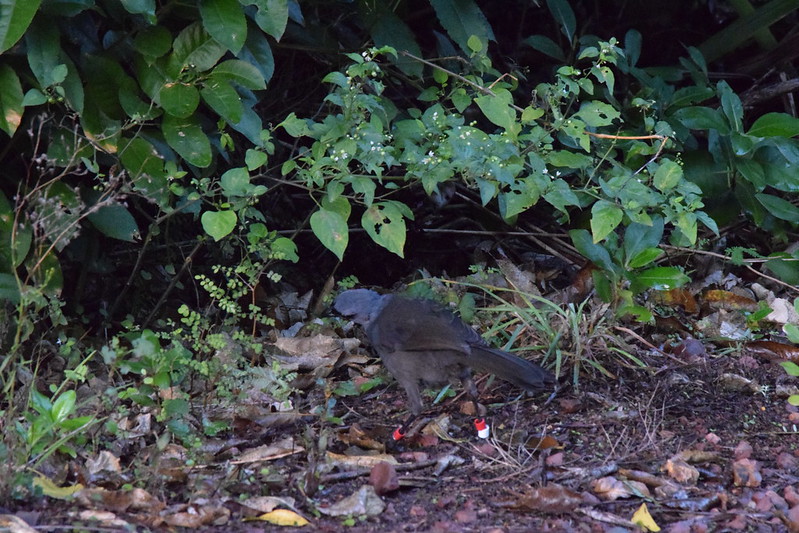

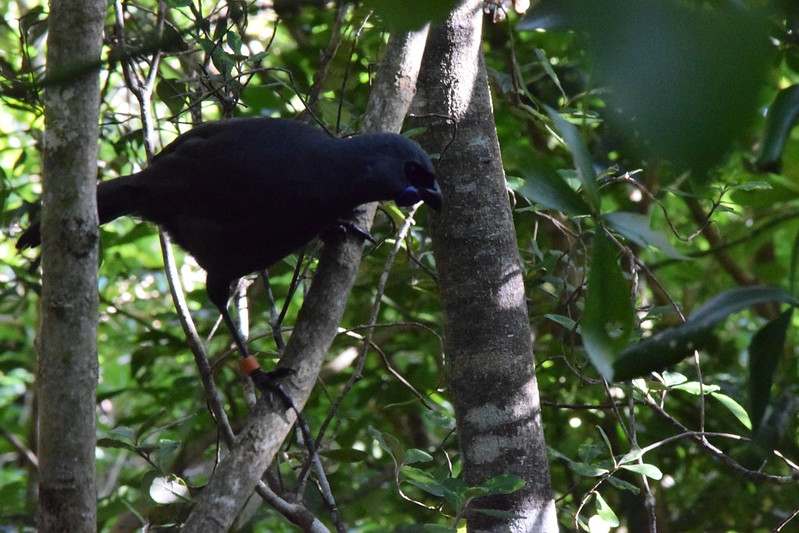
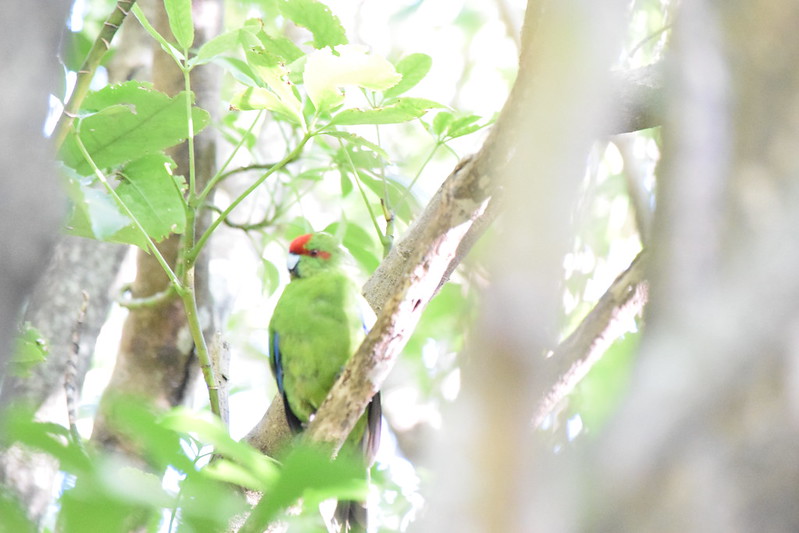

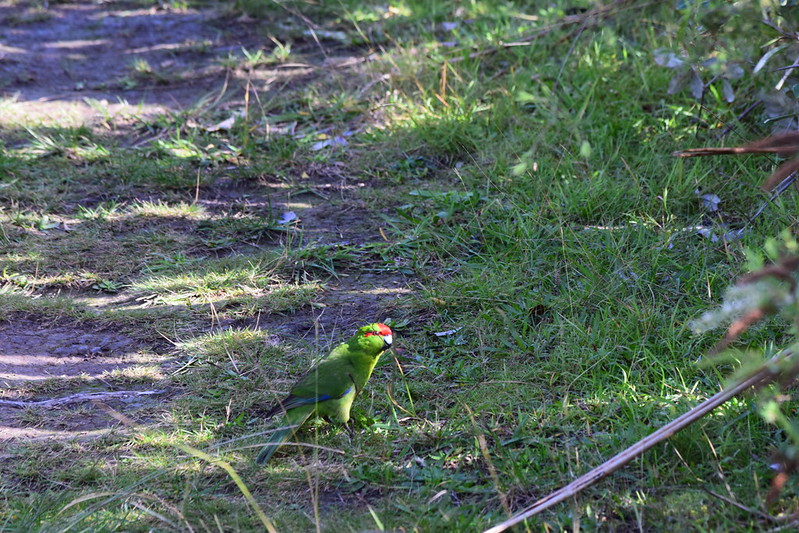
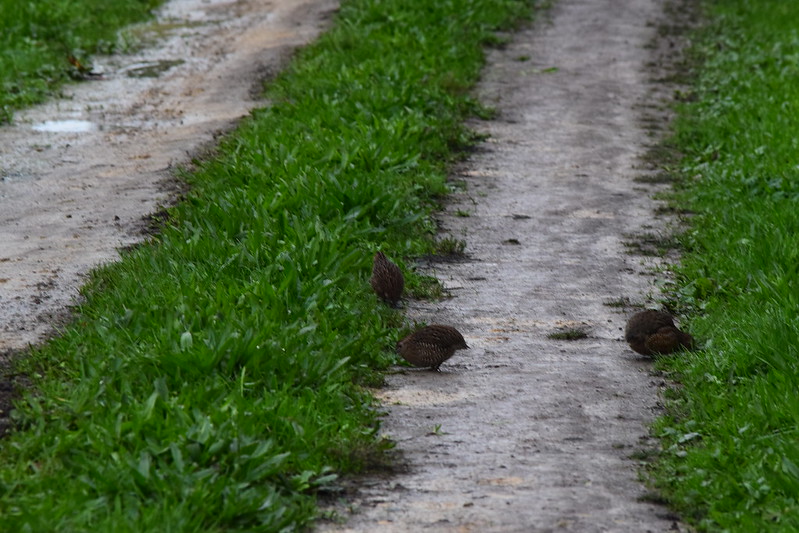

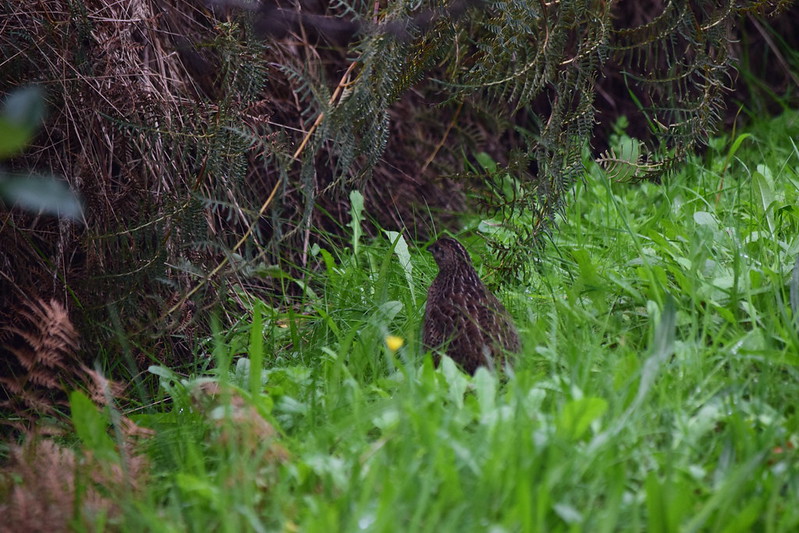


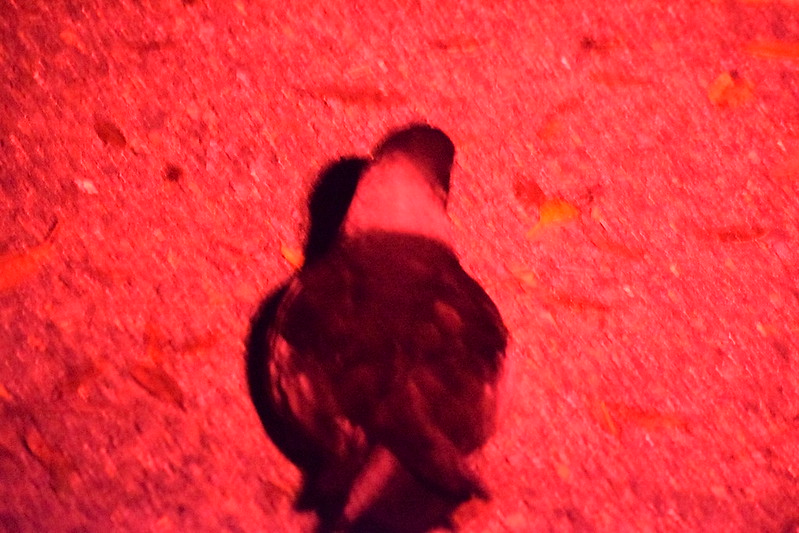

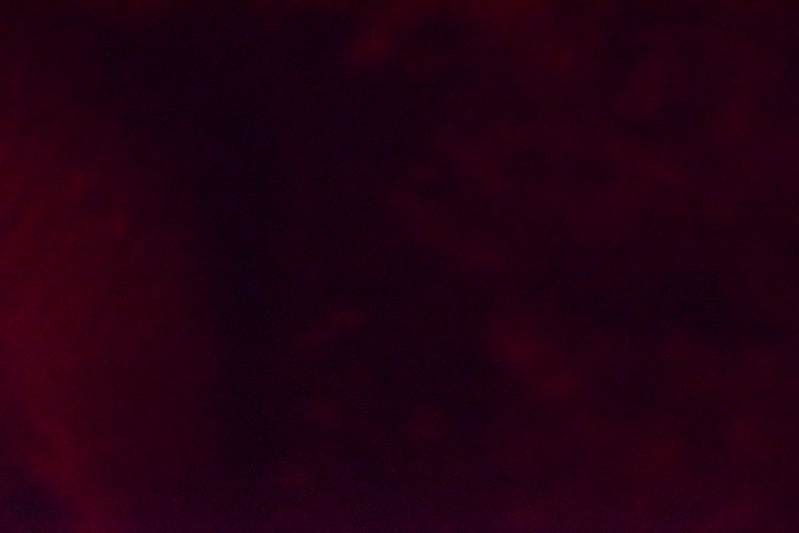
Those shots where the trees are over-exposed provide great pictures of the bird itself. I could see how pretty it is better in those than in the others–I’m glad you included them!
Glad you liked them! It’s a long way from indistinguishable brown blobs on 35mm film!